The Atlas of Living Australia was delighted to host three undergraduate students from the University of New South Wales (UNSW) as part of a 12-week internship program across spring – summer 2022. Our interns were spread across two streams: a Data Science Internship, which offered students the opportunity to apply their Python or R skills to biodiversity problem solving, and a Data Visualisation for Communication Internship, which used ALA’s R package, {galah}, to create visualisations that are reproducible and scientifically transparent.
We chatted with our students, Steph, Elijah and Thai, to find out more about their ALA internship experience and what they’ve learned throughout the process.
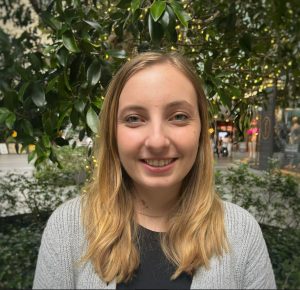
Steph is studying a Bachelor of Advanced Science majoring in Marine & Coastal Science.
Q) What made you apply for the 2022 ALA Internship program?
A) Throughout my studies, I had always seen these amazing ways of displaying data and communicating science. When this internship appeared through an email by UNSW, I thought it was the perfect opportunity to develop my skills and to try to create one of the visualisations I had always seen in my courses.
Q) What did your ALA internship project focus on?
A) My internship was a data visualisation and analysis project. I spent my time analysing ALA data and developing a visualisation from the data that I had chosen to look at.
Q) What was a new skill you learned through the program that you’re proud of?
A) I’m most proud of how my coding skills have developed over the internship. When I look back to the knowledge I had when I started this internship compared to what I have now, there’s a really big difference. I’m proud of how much I’ve learnt and the skills I’ve been able to build upon over the last 12 weeks.
Q) What was the biggest challenge you encountered during the program?
A) The biggest challenge for me across the 12 weeks has been time management and trusting the process. Throughout my university experience, I haven’t really had any experiences like this where we are working towards one main goal for such a long period of time. I think the process of making little steps each week towards the main goal has been a really big learning experience and it was definitely a challenge to get used to trying to achieve smaller tasks on a weekly basis rather than a larger main goal.
Q) What was your highlight from the internship program?
A) The main highlight of the internship program was having the opportunity to develop my coding skills and being able and develop this skill with help and feedback from my supervisor. Having the opportunity to spend a long period of time working on a project that you have come up with, and that you find interesting, was also a big highlight.
The best individual moment though was definitely the day I finally got my visualisation and model to work and I could see the project coming together!
See what Steph created below:
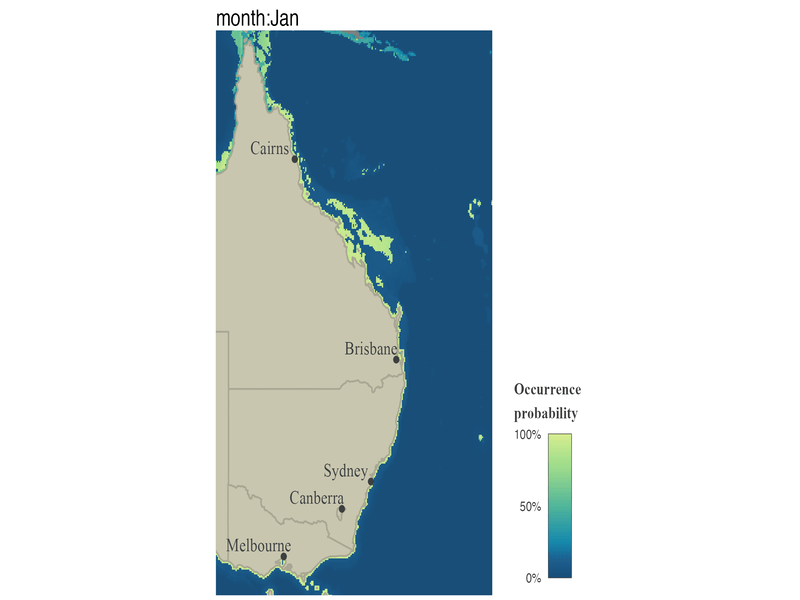
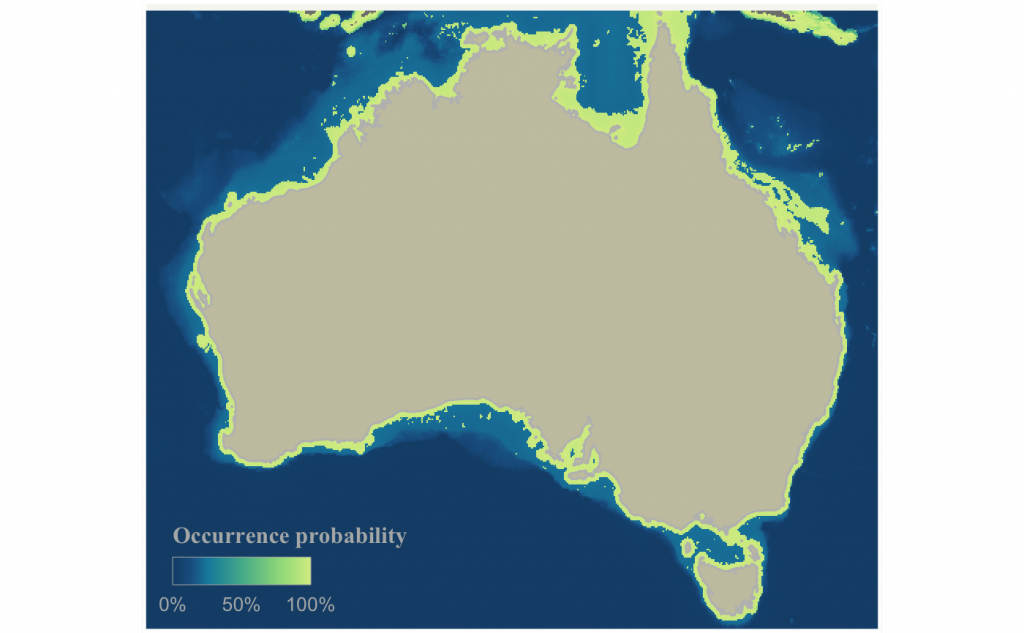
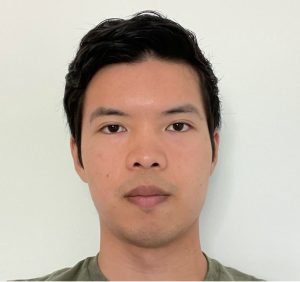
Elijah is studying a Bachelor of Advanced Science majoring in Ecology
Q) What made you apply for the 2022 ALA Internship program?
A) I had wanted to do an internship position before I started my honours project in February and thought it was a great opportunity to gain real-world experience and further develop my skills in data science.
Q) What did your ALA internship project focus on?
A) My internship focused on standardising expert distribution maps. These are maps that represent where species can be found in Australia. These datasets are sent through to the ALA in different formats and layouts which need to be managed. My task was to convert all of the datasets into the format of existing expert distribution maps in the ALA and upload them so everyone can see the new maps.
Q) What was a new skill you learned through the program that you’re proud of?
A) I am proud to say that I can now program in Python! I have attempted to learn Python prior to the internship but having a project to work on makes motivation much easier. I am very pleased to have learned this skill as it helps broaden my study and career choices in the future.
Q) What was the biggest challenge you encountered during the program?
A) Learning how to manage my time properly was definitely my biggest challenge. I hadn’t realised how exhausting it was to balance study, work, and learning Python. However, creating a structured routine has helped significantly with managing my time. It was great to have this opportunity to further develop time-management skills ahead of my honours project.
Q) What was your highlight of the internship program?
A) The highlight of my internship program was seeing the maps load properly on the test server. Initially, I had many issues that had caused the maps I uploaded to not show up. Once I had figured out what I had done wrong, fixed the issues, and tried uploading again, I felt very relieved to see that the maps were loading properly. After the issues were ironed out, the rest of the datasets were straight-forward.
See what Elijah created below:
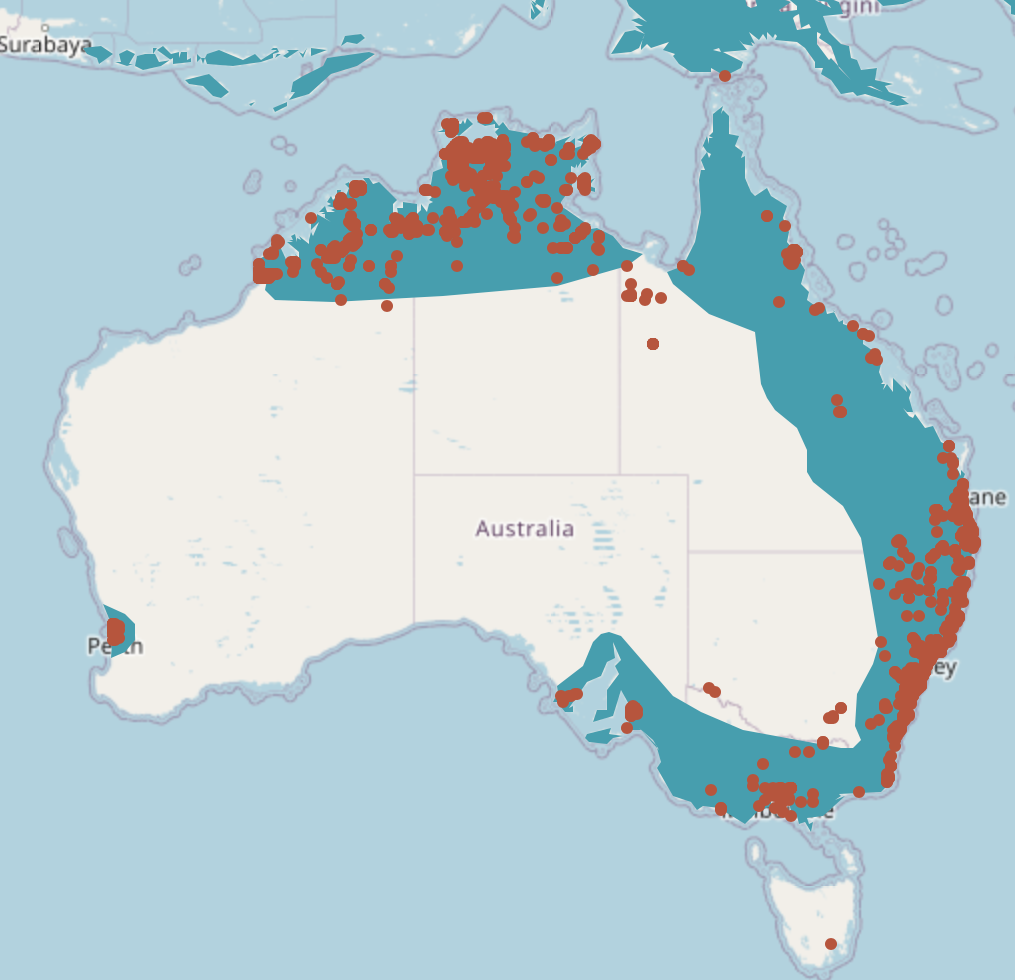

Thai is studying a Bachelor of Fine Arts and Science majoring in Photography & Ecology.
Q) What made you apply for the 2022 ALA Internship program?
A) My university posted a list of internship positions available, and the ALA was on there! I’d heard of the ALA before and thought the data analysis/visualization combination suited my interests really well.
Q) What did your ALA internship project focus on?
A) My project focused on the number of ducks recorded in greater Melbourne in the COVID-19 lockdown periods of 2020-2021. I was comparing them to ‘normal’ years, 2017-2019, to see if there was any difference.
Q) What was a new skill you learned through the program that you’re proud of?
A) I started the term with very basic R-Studio skills, so I learnt a lot about R by organising data, transforming it, and creating the actual visualisations. I think I learnt more R-Studio tricks in this one term than the rest of my degree to date!
Q) What was the biggest challenge you encountered during the program?
A) Initially I was so nervous I didn’t have the skills needed to make a great project, so it took me a while to get started. Once I gained a little confidence, I was able to get creative and I’m very happy with the results.
Q) What was your highlight of the internship program?
A) Coming together with the other interns at the end of the term to see what they had been working on was amazing. I loved seeing the different paths we took given a similar brief.
See what Thai created below:
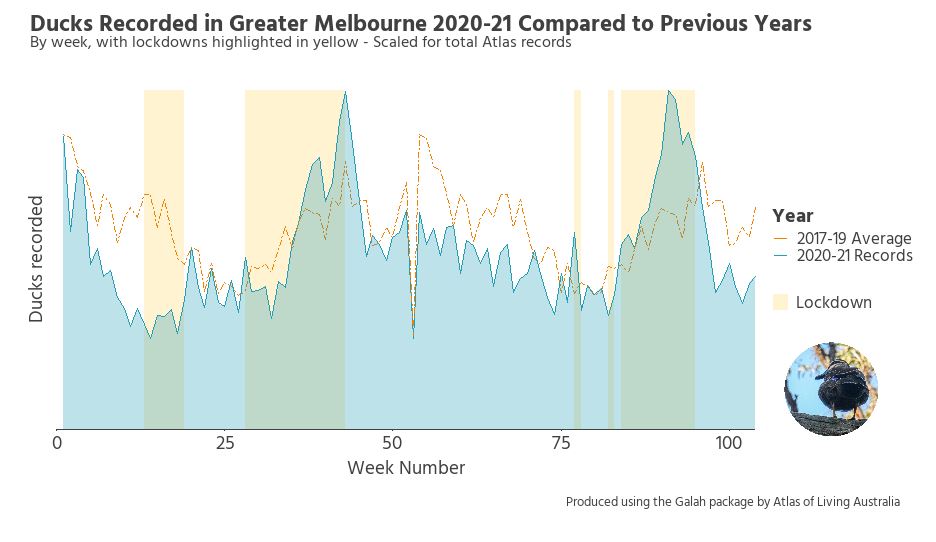
If you would like to know more about ALA internship opportunities, contact us here.